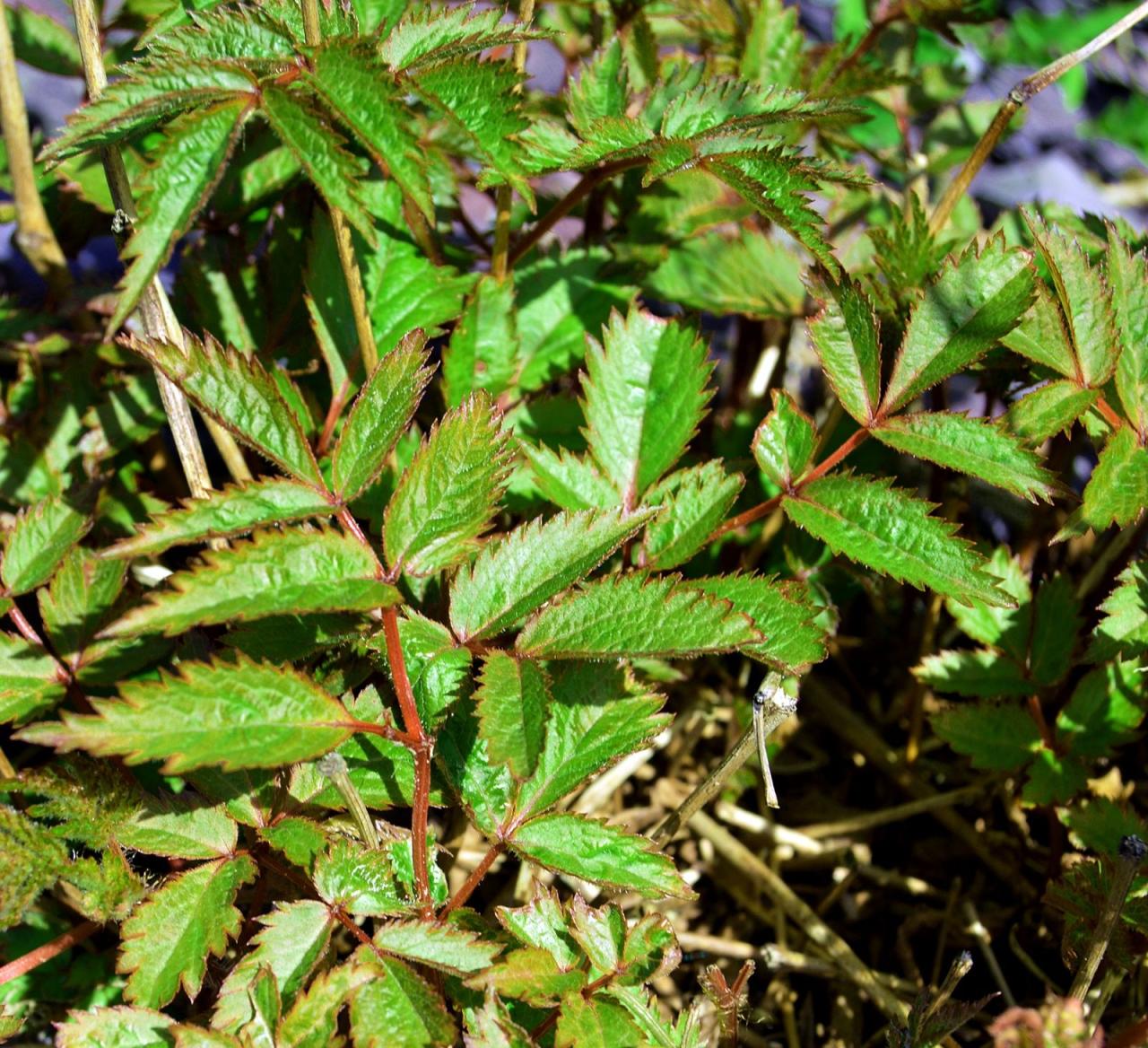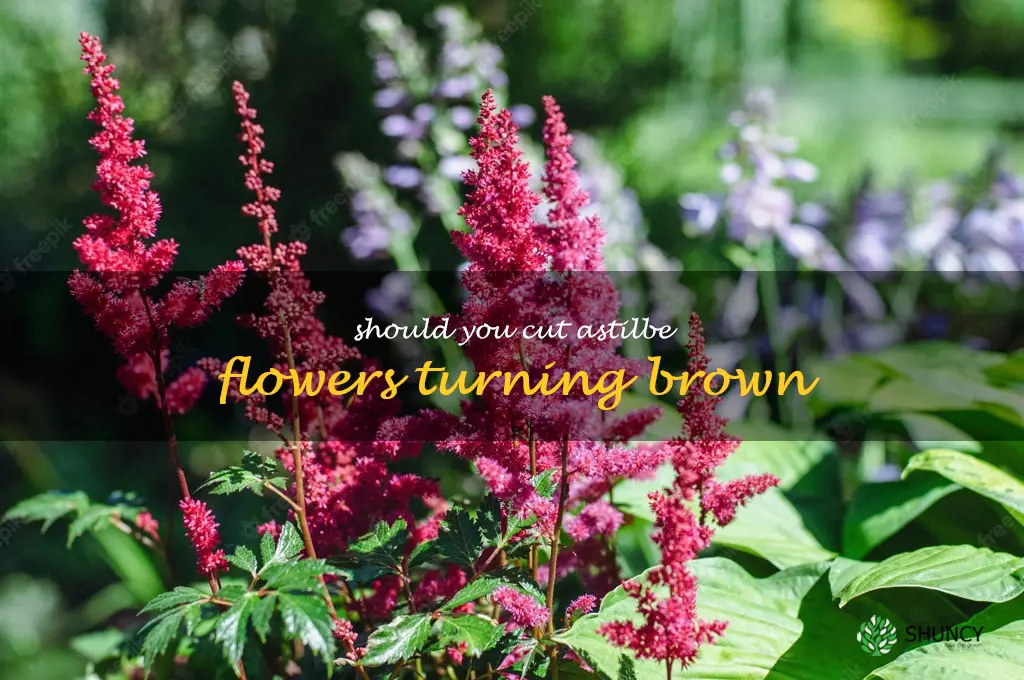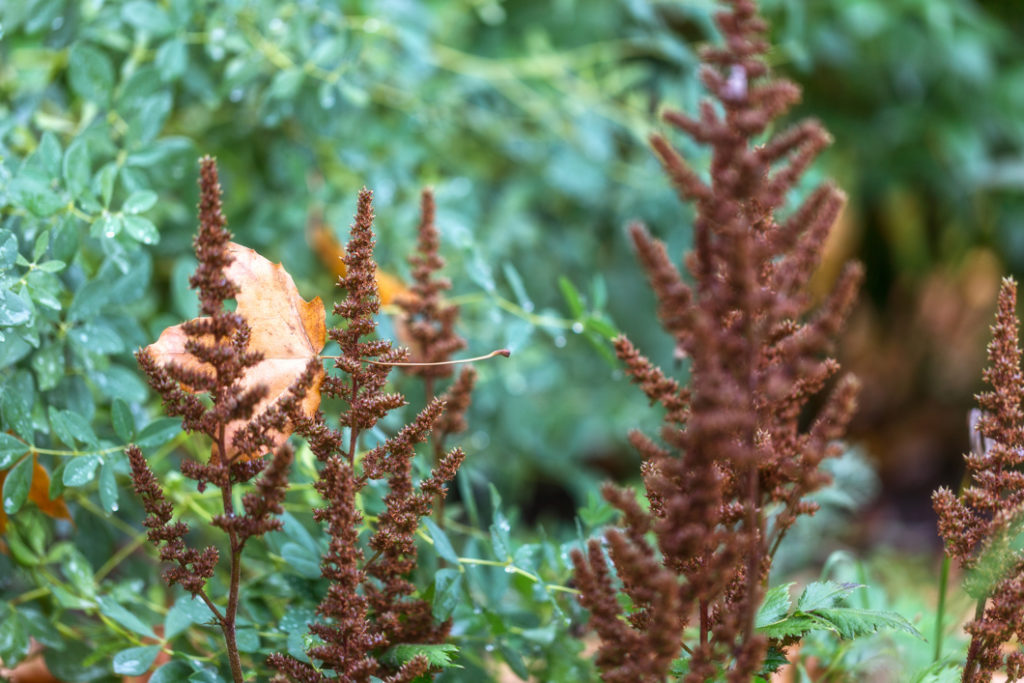Astilbe is a stunning perennial plant beloved by gardeners for its feathery plumes and lush foliage. However, many gardeners encounter a common problem: Astilbe leaves turning brown. This issue can be disheartening, especially when you’ve nurtured your plants with care. In this comprehensive guide, we’ll explore the potential causes of this phenomenon, how to prevent it, and steps you can take to revive your Astilbe. 💚
Understanding Astilbe
Before delving into the problems that can cause Astilbe leaves to turn brown, it’s essential to understand this plant better. Astilbe is a shade-loving perennial native to Asia and North America. It thrives in moist, well-drained soil and is often used in shady gardens, alongside water features, or as part of a mixed border. With its vibrant colors, Astilbe blooms can last several weeks and attract pollinators like bees and butterflies, making them an excellent addition to any garden.
Common Reasons for Brown Leaves
Brown leaves on Astilbe can be attributed to several factors. Let’s explore them in detail:
1. Environmental Stress
Environmental stress is one of the primary culprits behind browning Astilbe leaves. Factors such as extreme temperatures, lack of moisture, or excessive sunlight can cause your plants to struggle.
- Temperature Fluctuations: Sudden temperature changes, particularly frost, can damage tender leaves.
- Sun Exposure: Astilbe prefers partial shade; full sun can lead to leaf scorch.
- Water Stress: Both overwatering and underwatering can result in brown, wilting leaves.
2. Pests and Diseases

Pests and diseases are another common reason for browning leaves. Here are a few you should be aware of:
| Pest/Disease | Symptoms | Treatment |
|---|---|---|
| Powdery Mildew | White, powdery spots on leaves | Fungicides and improved air circulation |
| Spider Mites | Fine webbing and stippled leaves | Insecticidal soap or neem oil |
| Aphids | Deformed leaves and sticky residue | Insecticidal soap or natural predators |
3. Nutrient Deficiencies
Just like any other plant, Astilbe requires a balanced intake of nutrients to thrive. A deficiency can lead to poor growth and browning of leaves. Key nutrients include:
- Nitrogen: Essential for healthy leaf growth; deficiency causes yellowing and browning.
- Iron: Critical for chlorophyll production; deficiency leads to yellowing between leaf veins.
> Important Note: Regular soil testing can help you identify nutrient deficiencies early, allowing for timely interventions.
4. Improper Watering Practices

Watering practices significantly impact the health of your Astilbe. Both overwatering and underwatering can lead to brown leaves.
– Overwatering can cause root rot, which deprives the plant of oxygen and leads to browning leaves. Ensure your soil drains well to prevent waterlogging.- Underwatering stresses the plant, causing it to dry out and brown. During dry spells, ensure consistent moisture.
5. Soil Quality and Drainage
The quality of the soil plays a significant role in the health of your Astilbe. Poor soil composition or inadequate drainage can lead to multiple issues.
– Soil Composition: A well-balanced soil rich in organic matter will support healthy growth. Consider amending your soil with compost to enhance its quality.- Drainage: Astilbe prefers moist conditions but not soggy roots. Ensure your planting area drains effectively, as standing water can quickly lead to brown leaves.
How to Prevent Astilbe Leaves from Turning Brown
Now that we’ve identified the causes, let’s explore preventive measures to ensure your Astilbe thrives:
1. Choose the Right Location
Plant your Astilbe in a location that receives partial shade. Morning sun with afternoon shade is ideal to prevent leaf scorch. 🌤️
2. Ensure Proper Watering
Maintain consistent moisture levels without overwatering. A drip irrigation system can help regulate water supply effectively.
3. Fertilize Wisely
Use a balanced, slow-release fertilizer during the growing season to provide essential nutrients. Follow the manufacturer’s instructions for application rates.
4. Regularly Monitor for Pests
Check your plants regularly for signs of pests and diseases. Early detection can make a big difference in the treatment process.
5. Amend the Soil
If your soil is poorly drained, consider raising the planting area or amending the soil with organic matter to improve drainage and fertility.
Reviving Brown Astilbe Leaves
If you notice that your Astilbe leaves have already turned brown, don’t despair! Here are steps to help revive your plant:
1. Assess Watering Practices
Evaluate your watering routine and make necessary adjustments. Ensure your Astilbe is getting adequate moisture without becoming waterlogged.
2. Prune Damaged Foliage, Astilbe Leaves Turning Brown
Cut away the brown leaves and any dead or diseased foliage to promote new growth. This will redirect the plant’s energy towards healthy leaves and flowers.
3. Fertilize Correctly
After pruning, apply a balanced fertilizer to provide the nutrients necessary for recovery. This can stimulate new growth and enhance overall health.
4. Monitor and Adjust Conditions
Keep a close eye on your Astilbe’s environment. Adjust light, water, and soil conditions as needed to foster an environment conducive to healing. 🌱
When to Seek Professional Help
Sometimes, despite your best efforts, your Astilbe may struggle due to issues beyond your control. In such cases, consider seeking professional assistance:
- Local Garden Centers: Can provide expert advice specific to your region and conditions.
- Arborists or Horticulturists: Can diagnose and treat severe pest or disease infestations.
Final Thoughts: Astilbe Leaves Turning Brown
Astilbe adds a touch of elegance to any garden, but encountering brown leaves can be frustrating for any gardener. By understanding the causes, taking preventive measures, and knowing how to revive struggling plants, you can maintain the beauty and health of your Astilbe. Remember, gardening is a journey of learning and growth—both for you and your plants. 🌸
